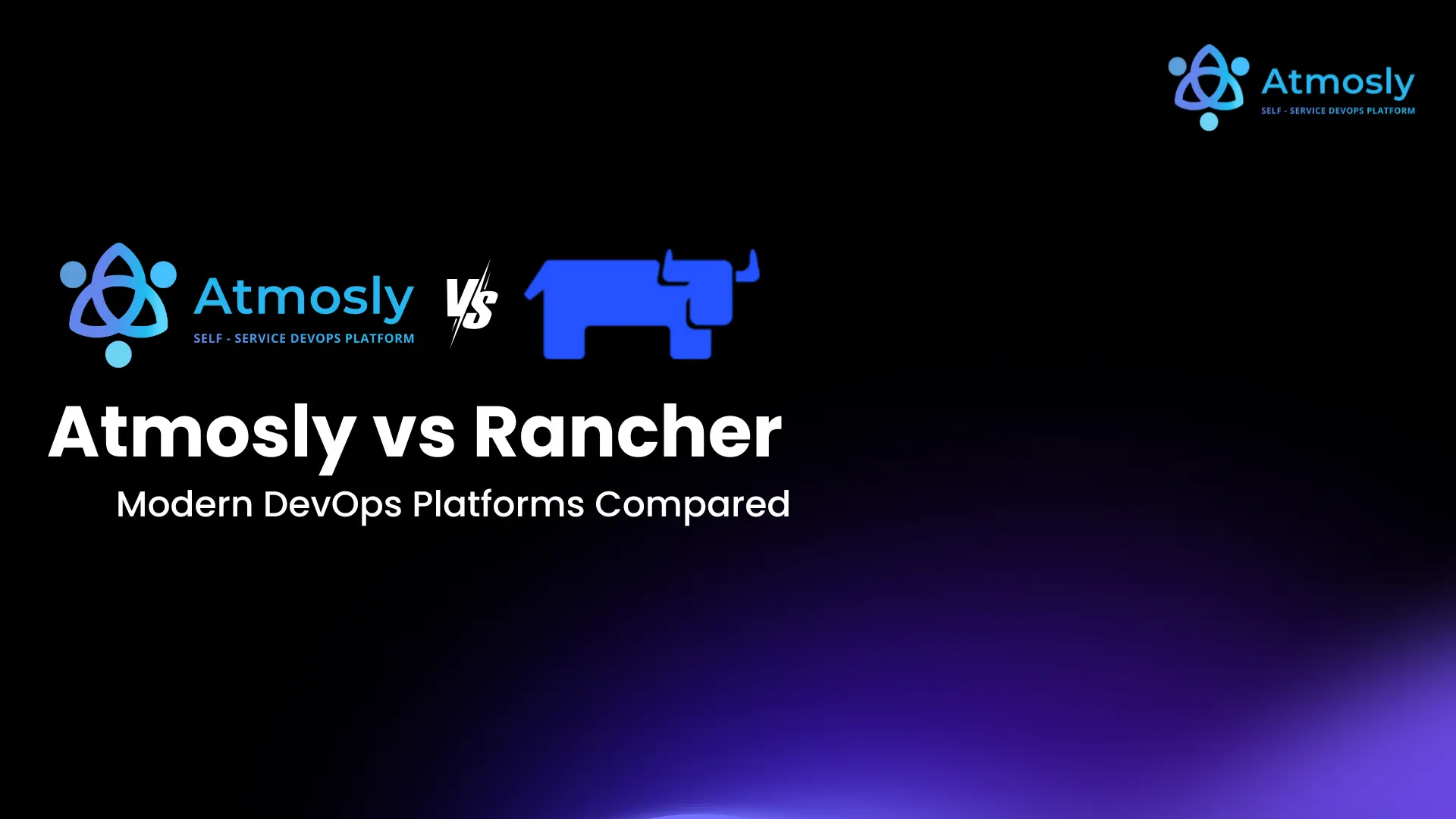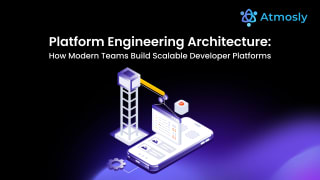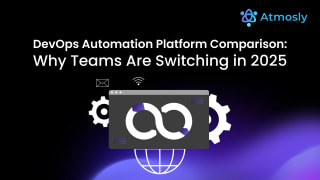As Kubernetes adoption becomes the standard for modern infrastructure, choosing the right DevOps platform is critical. Two standout solutions Rancher and Atmosly offer distinct approaches to Kubernetes management and DevOps automation.
Rancher has long been favored for managing multiple Kubernetes clusters across clouds and data centers. It simplifies infrastructure management, access control, and policy enforcement.
Atmosly, on the other hand, represents the next generation of DevOps platforms GitOps-native, developer-first, and built for scalable CI/CD, dynamic environments, and internal developer platforms (IDPs).
In this article, we compare Atmosly vs Rancher across all key dimensions to help platform teams, DevOps engineers, and cloud architects make the right choice in 2025.
Quick Comparison: Atmosly vs Rancher
Feature | Rancher | Atmosly |
| Core Focus | Kubernetes cluster management | DevOps automation & platform enablement |
| GitOps Support | Add-on via tools like ArgoCD | Native GitOps pipelines with rollback |
| Environment Provisioning | Cluster-centric, manual or Helm-based | Ephemeral & persistent environments (built-in) |
| Secrets Management | Requires external tools (e.g. Vault, Sealed) | Built-in secrets engine with RBAC |
| CI/CD Pipelines | Not included | Native CI/CD workflows (GitHub, GitLab, Bitbucket) |
| Platform Engineering Enablement | Limited | Purpose-built for internal developer platforms |
| Developer Self-Service | Not supported | Core feature (via templates + workflows) |
| UI/UX | Admin dashboard | Developer-friendly + visual workflow UI |
| Best For | Infra teams managing multi-cluster K8s | Teams scaling DevOps + building IDPs |
What is Rancher?
Rancher is a Kubernetes management platform that allows infrastructure and ops teams to deploy, secure, and manage multiple Kubernetes clusters regardless of cloud or on-prem provider.
Rancher is highly effective for:
- Provisioning and managing K8s clusters
- Role-based access control (RBAC) for multi-team usage
- Policy enforcement, logging, and auditing
However, Rancher doesn’t provide native CI/CD, GitOps automation, or developer experience features which limits its ability to support modern platform engineering initiatives.
What is Atmosly?
Atmosly is a cloud-native DevOps automation platform designed to help teams scale software delivery through GitOps-native CI/CD pipelines, dynamic environment provisioning, secrets management, and reusable automation templates.
Why Atmosly stands out in enabling:
- Git-based deployments with rollback and drift detection
- Ephemeral environments per pull request
- Platform engineering teams to define golden paths
- Developer self-service across clouds and environments
Rather than managing clusters directly, Atmosly abstracts complexity and gives platform teams full control of workflows, policies, and enablement.
Feature-by-Feature Breakdown
1. GitOps & CI/CD
- Rancher: GitOps is not native; teams must install and configure tools like ArgoCD separately.
- Atmosly: GitOps-first delivery with integrated CI/CD pipelines, approvals, drift detection, and rollbacks.
2. Environment Automation
- Rancher: Offers cluster-level control but lacks environment lifecycle automation.
- Atmosly: Provides one-click ephemeral and persistent environments (QA, staging, preview) with secrets and resource isolation.
3. Secrets Management
- Rancher: Depends on external tools (Vault, Kubernetes secrets, Sealed Secrets).
- Atmosly: Built-in secrets engine with policy controls and audit trails.
4. Developer Experience & Self-Service
- Rancher: UI is focused on infra admins and cluster operations.
- Atmosly: Developer-friendly interface with golden path templates and self-service portals for platform engineering teams.
5. Use Case Fit
Use Case | Recommended Platform |
| Multi-cluster provisioning and access control | Rancher |
| GitOps-native deployments with rollback | Atmosly |
| Internal developer platform and self-service flows | Atmosly |
| Managing infrastructure-level RBAC and policies | Rancher |
| Automating full software delivery lifecycle | Atmosly |
Final Verdict: Atmosly or Rancher?
If your primary goal is to manage Kubernetes clusters across clouds and enforce access policies, Rancher remains a powerful tool.
But if you're building an internal developer platform, enabling GitOps delivery, automating environments, and reducing DevOps bottlenecks Atmosly is the modern DevOps platform to trust in 2025.
Atmosly provides:
- Developer-first workflows
- Platform engineering enablement
- GitOps-native automation
- Secure, scalable CI/CD at the infrastructure layer
Ready to Scale Your DevOps?
Atmosly helps your teams build faster, ship confidently, and operate securely without managing low-level Kubernetes scripts or complex CI/CD stacks.






